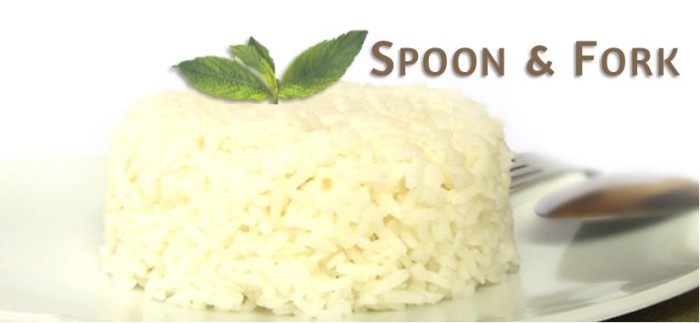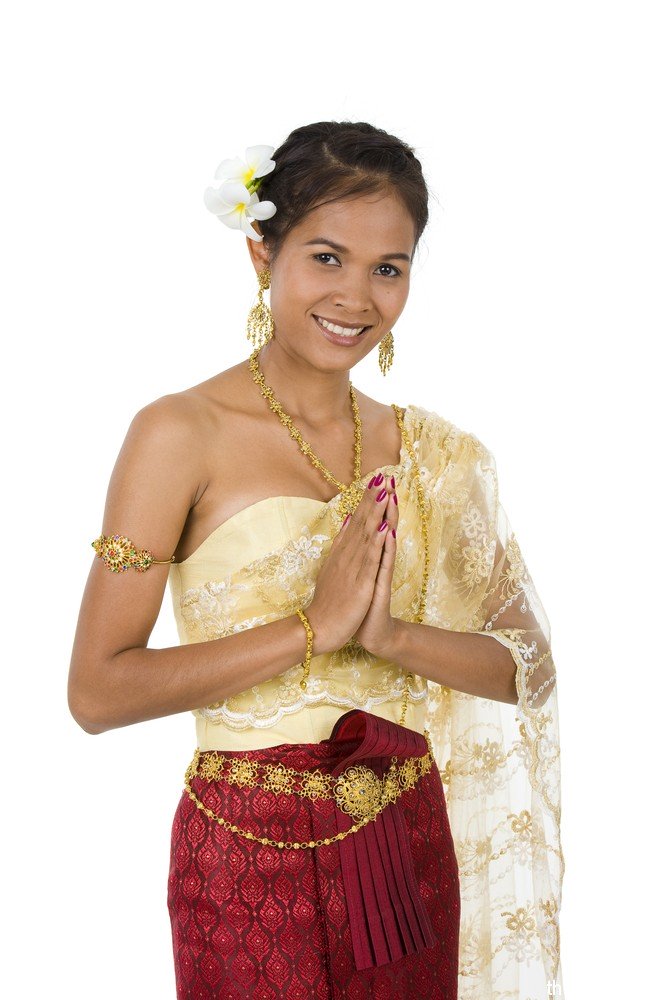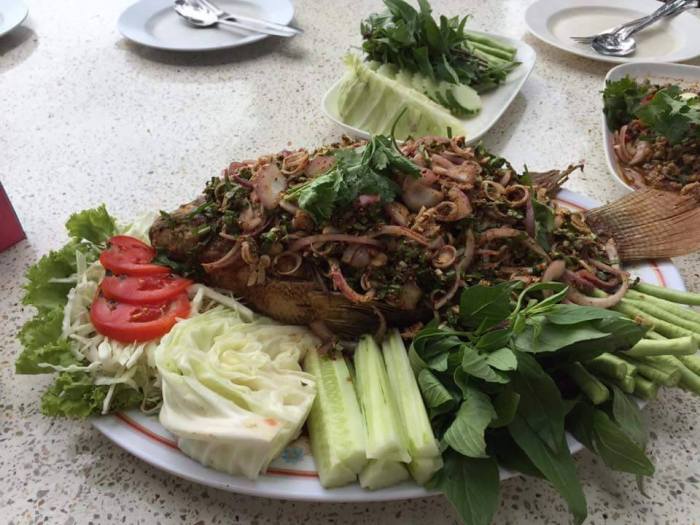Thailand Info Thailands Culture
Author: Terry@island Info Koh Samui
Discover Thailand with Thailand Discovery
CULTURE
Culture – Thai Wai
Thailand Info Thailand’s Culture. The Wai is the common form of greeting and adheres to strict rules of historical protocol. However in recent times, especially in tourist areas, Thai people have become very forgiving if the Wai is not performed correctly. They appreciate the fact that you have made an attempt to be polite and that you are respectful of their culture.
- Raising both hands, palms joined with the fingers pointing upwards as if in prayer, lightly touching the body somewhere between the chest and the forehead, is the standard form when doing a Thai Wai
- The Wai is both a sign of respect as well as a greeting. Respect and courtesy are demonstrated by the height at which the hands are held and how low the head comes down to meet the thumbs of both hands
- The Wai may be made while sitting, walking, or standing
- The person who is junior in age or status is the first one to offer the Wai
- The senior person returns the Wai, generally with their hands raised to somewhere around their chest
- If a junior person is standing and wants to Wai a senior person who is seated, the junior person will stoop or bow their head while making the Wai
- If there is a great social distance between two people, the Wai will not be returned
Thailand Info Thailands Culture
Culture – Hierarchical Society. Thailand Info Thailand’s Culture
Thais respect hierarchical relationships.
- Social relationships are defined as one person being superior to the other
- Parents are superior to their children, teachers to their students, and bosses to their subordinates
- When Thais meet a stranger, they will immediately try to place you at some level in the hierarchy so they know how you should be treated
- This is often done by asking what might be seen as very personal questions, when initially introduced, in other cultures
- Status can be determined by clothing and general appearance, age, job, education, family name, and social connections
Culture – Thai Family Values
The family is the cornerstone of Thai society.
- Thai family life is often more closely knit than in western cultures
- The Thai family is a form of hierarchy with the eldest, either the grand-parents or parents at the top
- Children are taught to honour their parents and elders
Culture – Thai Demeanour
Thais place great emphasis and value on outward forms of courtesy such as politeness, respect, genial demeanour and self-control in order to maintain harmonious relations.
- Many of the Thai rules of etiquette are directly influenced by Buddhist religion
- Thailand is generally a non-confrontational society, in which public dispute or criticism is to be avoided at all costs
- To be openly angry with someone might attract the wrath of the spirits, which in turn can cause violence and tragedy
- Openly criticizing a person is a form of violence as it hurts the person and is viewed as a conscious attempt to offend the person being rebuked
- Loss of face is a disgrace to a Thai so they try to avoid confrontations and look for compromises in difficult situations
- If two parties disagree, one will need to have an outlet to retreat without losing face
Culture – Dining Etiquette
If you are invited to a Thai person’s house:
- Arrive close to the agreed time, although being a few minutes late will not cause offence
- Before entering the house, check to see if the host is wearing shoes. If not, remove yours before entering
- Some occassions are more formal than others, if possible, ask another guest to confirm the dress code
- Step over the threshold of the house, rather than on it. This is an older custom that is not always adhered to, but erring on the side of conservatism is always a good idea
 Thailand Info Thailands Culture
Thailand Info Thailands Culture
Culture – Table Manners
A spoon and fork are the eating utensils for all meals except when noodles served, when you will be given chopsticks.
- Normally, the spoon is held in the right hand and the fork is used to guide food on to the spoon. Sticky rice, a northern Thai delicacy, is often eaten with the fingers of the right hand
- Most meals are served as buffets, you will eat off a smaller flat plate with larger food bowls in the centre of the table family-style for sharing
- You may begin eating as soon as the food is served. On occasions the host may place the first portion on your plate as a gesture or invitation for you to commence eating
- Leave a little food on your plate after you have eaten to show that you are full. Finishing everything indicates that you are still hungry, and may offend the host, if the bowls are empty
- Never leave rice on your plate as it is considered wasteful. The words for food and rice, Khao, are the same. Rice can be, and often is, served at every meal throughout the day
- Wait to be asked before taking a second helping
- It is polite to always leave some food in the serving bowl for others. Only take the last food if you are asked
- As tempting as it may be, do not lick your fingers
Thailand Info Thailands Culture
The forgiving, non-confrontational and respectful Thai culture influenced by decades of Buddhist beliefs have made Thailand and its people possibly the most accepting and courteous civilization in the world.
Thailand Info Thailands Culture




